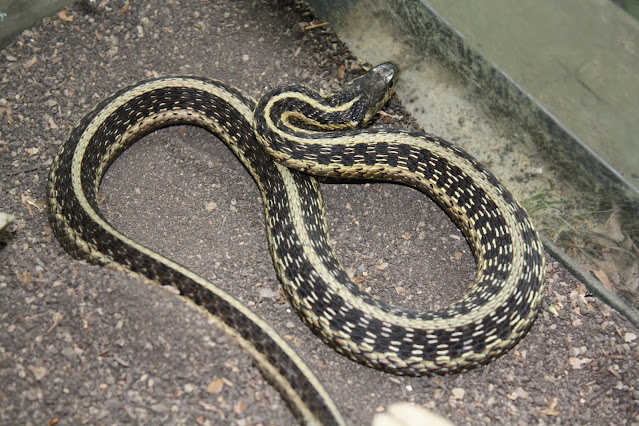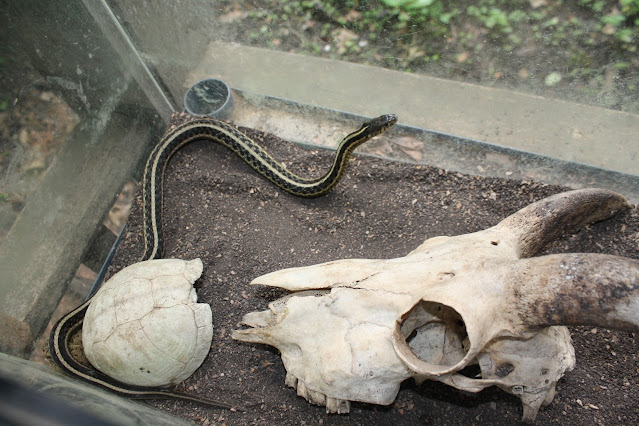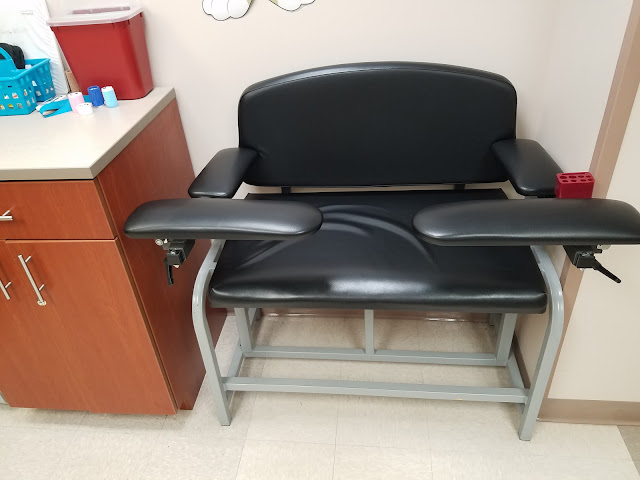It has now been twenty years since our family hiked the River To River Trail. It was one hundred seventy-five miles of pure exhilarating torture! Let me explain. . .
We planned for weeks what to take, what supplies we needed,
the best way to pack fourteen days’ worth of trail food, how we would
sleep. I had created T-shirts for everyone. With our family of five and my
brother, Mark, and his son Evan, there would be seven of us in all.
We parked our van at the west end of the trail along the Mississippi River and with the transportation aid of Lincoln Wheeler, started off one hundred seventy-five miles east on the other side of Illinois along the Ohio River. He awaited us as we filled our vials with Ohio water, intending to carry it to the Mississippi and pour it out to continue its way to the ocean. We said goodbye to Lincoln as he headed back home. Then, we were left alone in the wilderness.
The
footpaths were horrendously mucky and made for exceedingly difficult hiking. Horses and ATVs had rutted up the sloshy
muddy trails.
Our supplies got wet, our socks were soaked, we had to discover appropriate river crossings for concern of being washed away. 
We froze to death at night and sweltered
during the day.
Although towns dotted our official River To River Trail maps, upon arrival, most had either rolled up their streets for the day, or they were non-existent. We were unable to replenish our resources as we had supposed, via these ghost towns.
We had arranged for our preacher, Herb Buche, to pick us up a
week into the trip, at a certain location where the trail crossed the highway. He would transport us to church with him, as
well as bring our prepacked supplies for the next leg of our journey. The drive in his van felt so fast! We had been walking a mile per hour for a
week and now we were traveling at what seemed lightning speed! I recall him preaching about laying our
burdens at the foot of the cross. A tear
glistened in my eye, sitting in those soft pews, as we had been carrying forty to fifty pound packs nonstop for a week now. The
symbolism hit home.
The second leg of the trip was more pleasant in numerous
ways, but we still had to contend with flooding. Add to this the fact that Evan and Mark both
got a stomach virus which slowed us down through Panther Den. There was a dog that took to following us
that we dubbed, “Timber.” Where exactly he came from, no one knew. He was faithful to the end of the trip.
When we at last descended the beautiful bluffs to follow the levy to the Mississippi River, the roadway was flooded. Dead fish caused the area to smell repulsive. Impressed with the notion that we might not finish our quest, we shinnied our way alongside the base of the bluffs until we reached the levy.
Round the corner, we were obliged
to sidestep a cottonmouth. He
aggressively challenged us to pass. The
levy stretched on farther than we could see.
The late May sun hammered down on us.
We wondered if we would be forced to spend another night along these
flooded, snake infested byways. We
trudged on.
We ultimately made it to the park where our vehicle awaited. The Mississippi was raging out of its banks,
filling the lower sections of the park. The
entrance gate was locked, as the recreational area was closed due to flooding! Yet a further obstacle! After speaking to a gentleman there, he believed
that the lock was not closed, and we ought to be able to get our van out. Thankfully, we had parked on high ground and
there was a roadway out.
We slept beautifully after long hot showers in a hotel in West Frankfort. It was incredible how wonderful a few creature comforts could be! We called the number on Timber’s collar and his owner met us to pick him up.
It was an extraordinary trip that lacks words
to properly convey how splendidly, terribly, fantastic it truly was. While parts of it sound like what should have been a terrible experience, it was just those particular times that also made it the wonderfully memorable trip that it was. It is difficult to imagine that our trip was
twenty years ago this year. We often
reminisce about this unbelievable journey that we shared together. No one can take away that experience. We survived.
But we did more than that, together we thrived.
~Rhonda














.jpeg)






















%20purple.jpg)
%20green.jpg)
lt%20blue.jpg)

%20speckled.jpg)
yellow.jpg)
dk%20blue.jpg)





